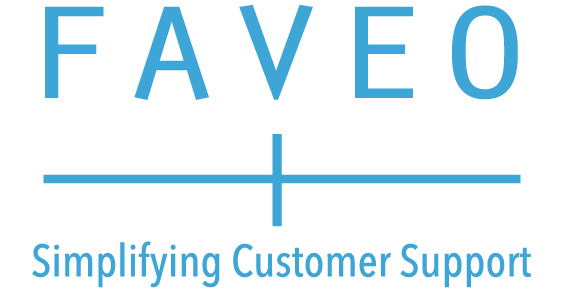Service Level Agreement (SLA) rules are automation rules that are triggered when certain conditions are met. For example, when customers submit a ticket with some priority, they would be expected to respond and resolve the ticket within a defined timeframe. SLA Plans can be created to determine the period within which agents should respond to and resolve tickets based on the ticket priorities, and set up automated escalation processes to notify specific agents about SLA violations. You can also define different business hours for different SLA targets.
Business hours are used to calculate response due time and resolve due time according to SLAs. You can specify the SLA’s name and enable In-App notifications and Escalation Emails as needed. Multiple rules can be set up, and you can create different SLA Plans with unique conditions for various customers. SLAs defined in Faveo can calculate each ticket’s due date. When SLA Plans are enforced on the ticket, agents receive reminders to resolve tickets within the specified timeframe.
In Faveo, SLA Plans are based on ticket priorities, such as Emergency, Normal, High, and Low. Here, SLA reminders are set to resolve the ticket on time. Specific conditions can be used to trigger a particular SLA. You can set different conditions based on the Ticket Properties or Requester Properties to enforce them on the ticket. You have the flexibility to create a number of levels for SLA approaching and violation hierarchies.


